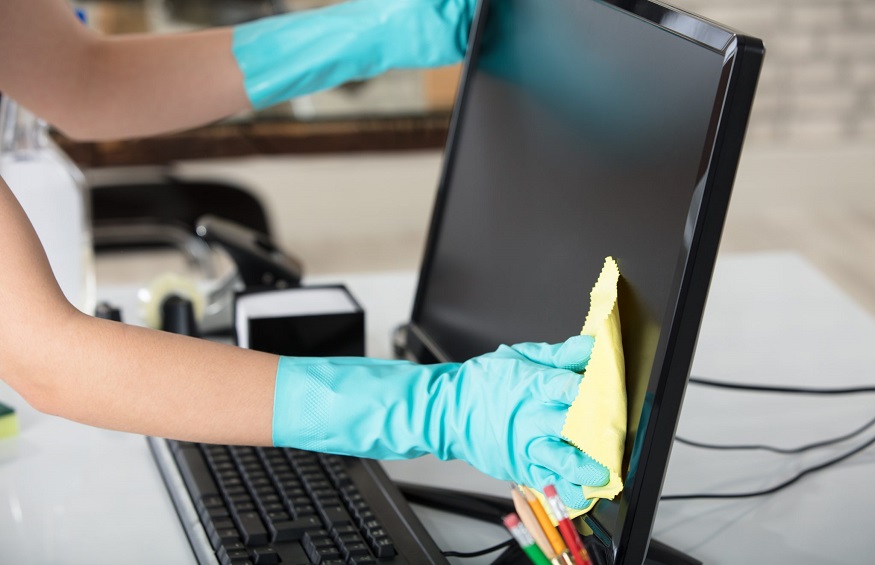With time, the electrical contacts which keep your devices functioning develop dust, grime, oxidation, and grease. Such contamination build-up reduces and sometimes interrupts the current flow; thus, adversely impacting the performance of your switches, relays, and other devices.
An electrical mechanism, when not fully functional, can pose a safety hazard. At such times, an electronics or electrical contact cleaner proves useful. These solvents are designed to safely eliminate any contamination on the moving surface contacts within your electronic components.
Click here to check out the variety of cleaning solvents on offer, from high precision ones for sensitive components to affordable heavy industry cleaners. For convenience sake, these cleaning agents are mostly available in pressurized aerosol packaging. The forceful spray effortlessly removes the dirt present in the crevices of connectors.
The safest electronics cleaners are those who fulfil vital specifications; hence, keep these considerations in mind to make an informed choice:
Non-flammable
Though generally effective, flammable contact cleaners are dangerous when used near open flames, hot surfaces, and in a poorly ventilated area. Non-flammable cleaners were introduced to combat these safety concerns.
Even if the non-flammable variety available is priced higher, it is a worthy investment. Standardized ratings like HMIS and NFPA provided on the aerosol can convey the flammability quotient. In a rating from zero to four, the former indicates a non-flammable product.
High Dielectric Strength
It helps to know the voltage of the circuits requiring cleaning, so before spraying them with a cleaner, you can evaluate the solvent’s suitability. The dielectric strength of the cleaning agent indicates the maximum electric field the product can withstand.
Lower dielectric strength results in a breakdown of insulating properties, thus, enabling electric currents to flow. This scenario has safety implications as it can create short circuits.
Check for Rubber or Plastic Compatibility
Even though the connector’s contact surfaces are usually metal, they are sometimes encased in plastic or rubber to prevent exposure to the outside environment. If the solvent you purchase is incompatible with these materials, it can adversely impact them.
Plastic seals tend to crack or soften when sprayed with harsh solvents, while rubber may shrink or dissolve. It is advisable to test the cleaning agent first before liberally applying it to your gadget.
Not Highly Toxic
When you click here, you are introduced to a range of leading cleaning solutions for the electronics market. Since these solvents are not highly toxic, you will not feel dizzy or develop headaches when exposed to them while undertaking manual cleaning. Special care is taken while developing these agents to ensure they do not adversely affect your health.
Conduct a Cleaning Trial
On a section where it is safe to experiment, first apply a mild cleaner, and gradually use stronger solvents for testing. Conduct such trials on more than one area of surface contacts.
At the end of these trial rounds, you must be confident the cleaning agent is not reacting with any material either directly or indirectly exposed to it. The selected product must help you achieve optimal cleaning results.
Approach a leading and authorized distributor who responsibly markets quality cleaners, keeping their consumers’ safety uppermost in mind.




